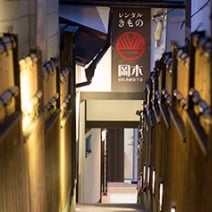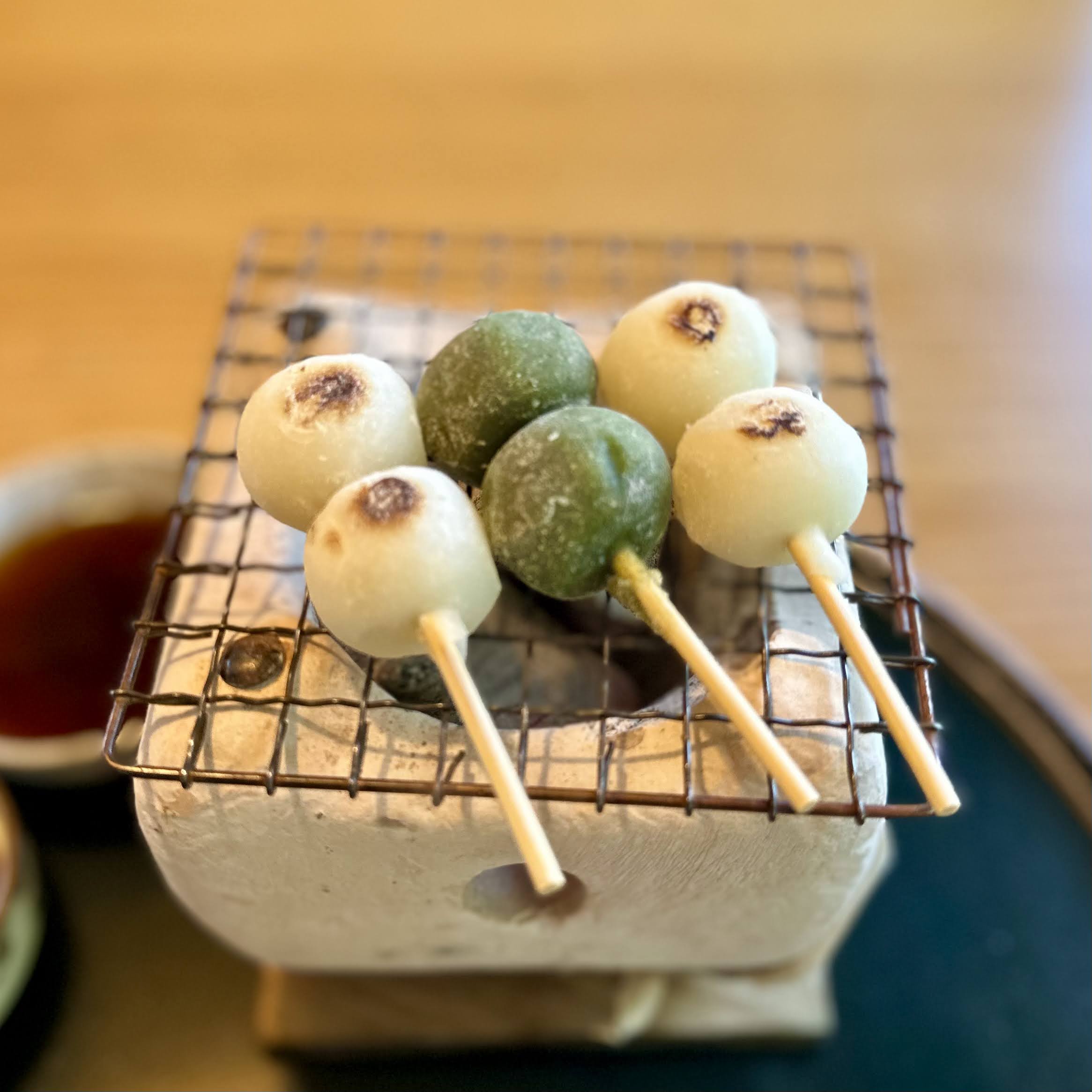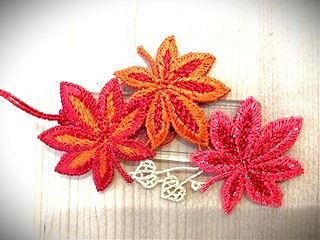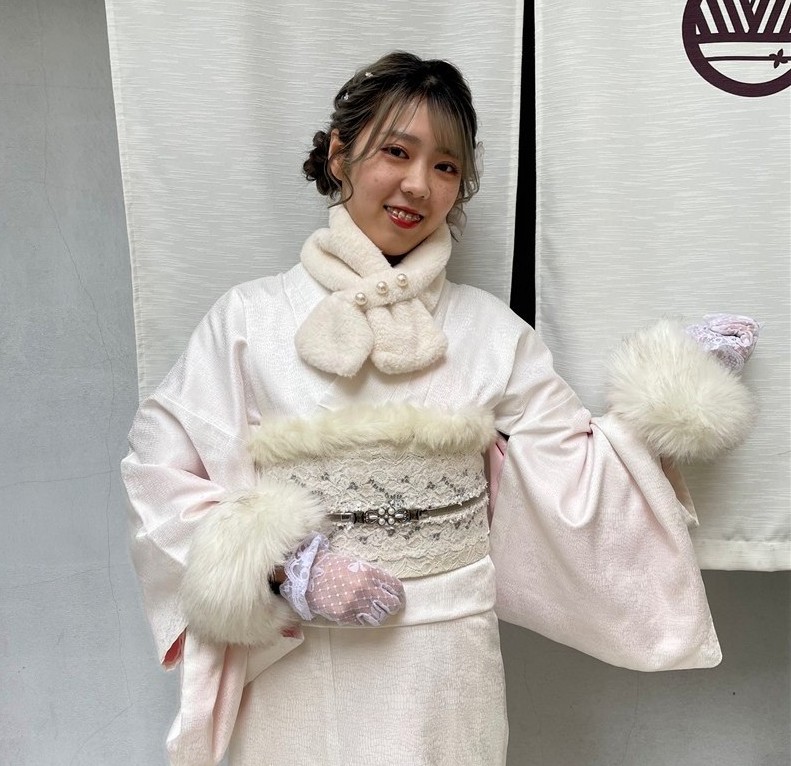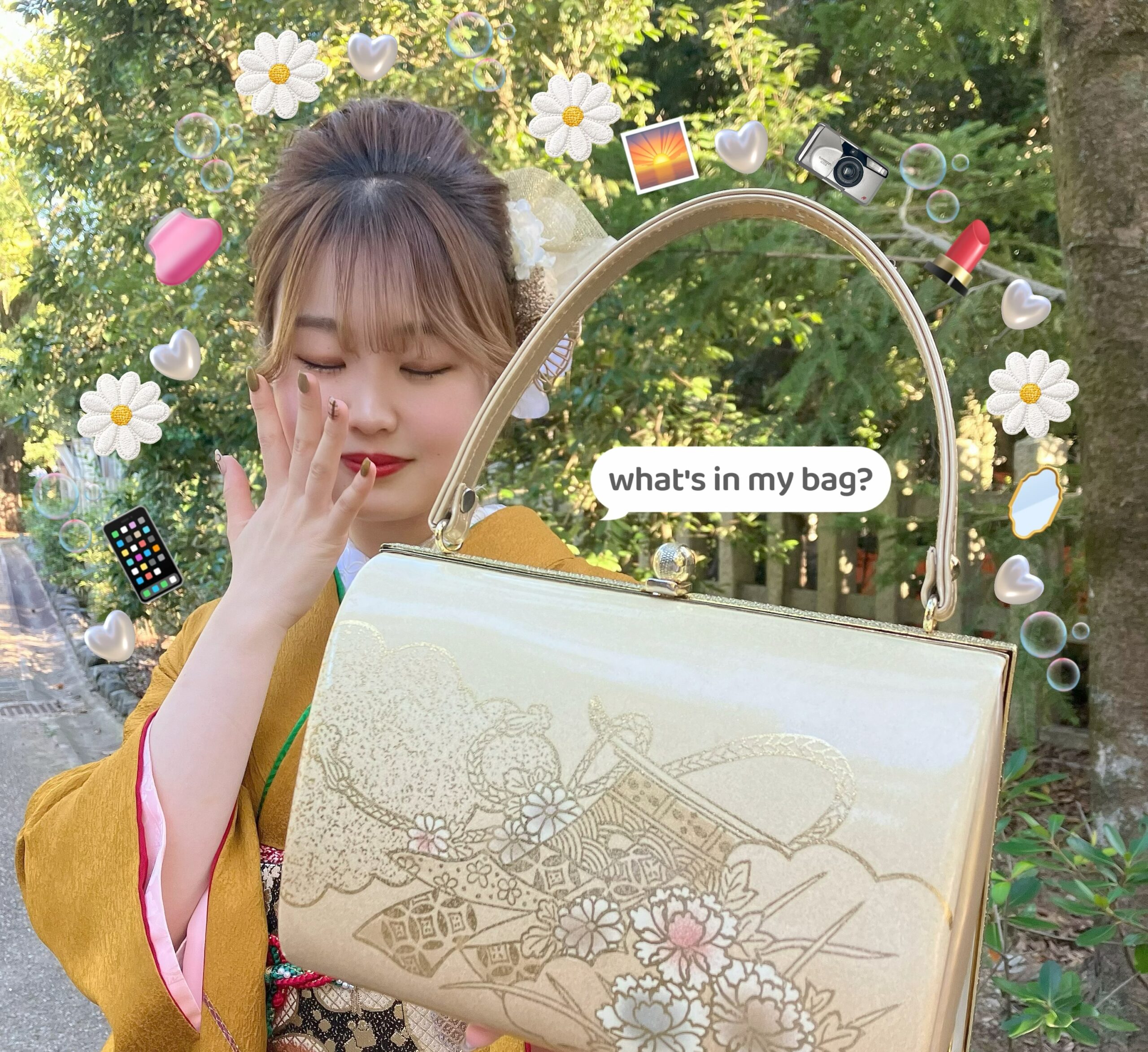
special fearure・column
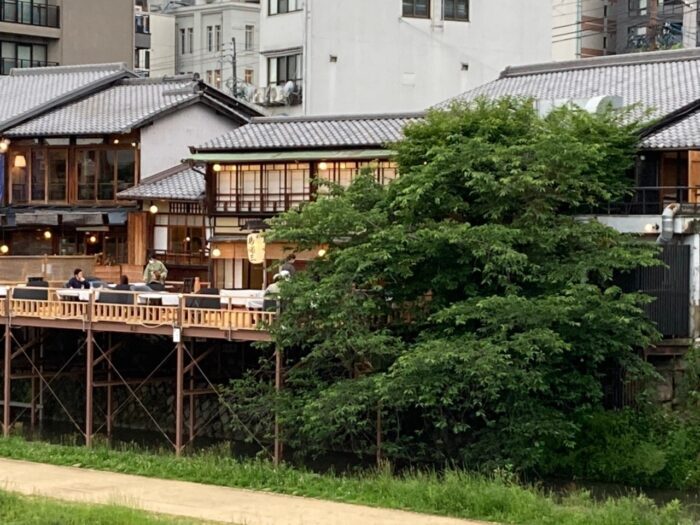
What is Kawayuka? How to enjoy it and Kyoto’s cuisine. Let’s taste Kyoto with its full of elegance. For kimono and yukata rentals, visit Rental Kimono Okamoto in Kyoto!
-
- How to read; Kawayuka? or Kawadoko?
- 【by region】How to enjoy kawayuka
- 1) Kamogawa Noryo-yuka
- 2) Kawadoko at Kibune
- 3) Kawadoko at Takao
- 4) Shozan mountain stream
- Summer Kyoto Cuisine
- What is Kyo Ryori (Kyoto cuisine)?
- Kyoto Cuisine in Summer
- History of Kyoto Cuisine
- Ayu(sweet fish), a fish presented to the Imperial Court
- Hamo(conger eel)
Have you ever heard of kawayuka, a summer tradition in Kyoto?
Kawadoko is a traditional culture of Kyoto that has continued since ancient times, where you can cool off in the breeze with the sound of river and enjoy the old-fashioned elegance.
In this issue, we will introduce what kawayuka is, its history, how to enjoy it, recommended times of the year, and Kyoto cuisine in summer.
What exactly is a Kawayuka?
Noryoyuka(raised platform on the bank of a river) has a very long history, dating back to the early Edo period (1603-1868), and has been in existence for 400 years.
It is said that it began during the transition period from the Hideyoshi era to the Edo era, when a wealthy merchant opened a tea stall and a place for people watching along the riverbank of the Kamogawa River of kyoto.
In the Edo period (1603-1868), stone walls and embankments were built and a hanamachi was formed in the vicinity, turning the area into a leisure district.
It is said that the shrine was very crowded with spectators during the Gion Festival when it was used to wash the portable Shinto shrines.
In the mid-Edo period, teahouses began to line stools or overhangs along the shallows. They were called「coolness on the riverbank」.
The 「Hinamikiji」(published in1677) a detailed record of annual events in Kyoto, describes a ritual on June 7 after the Gion Kai as follows: “On the Shijo riverbanks, on the water and on the ground, the floor is laid out without leaving any space, and seats are set up”. Also「karakumeishouzue」 (published in 1864) describes「From the night of June 7to June 18, people of all ranks enjoyed themselves. The teahouses and tea stalls on the east and west sides of the river are lit up with lanterns making it as bright as daylight. This is called suzumi(coolness). But this is not only for fun but must be a divine intention for people. The night of the 13th is called the Yoimiya of Gion, and is said to be extremely lively.」
In the Meiji period (1868-1912), it became an annual thing to set up a stall in July and August along the right and left banks of the Kamo River.
There were stilted floors for both banks, floor desks on a sandbar, floors protruding from the riverbed under the Sanjo Ohashi Bridge.
When the Ougai Hoshokai was formed in 1953, there were 30 to 40 floors. Today the number has doubled to nearly 100.
Kawayuka is an outside seat set up by riverside restaurants to cool down during the hot and humid Kyoto summer.
Its history is said to date back to the Azuchi-Momoyama period (1568-1600), and it has remained a popular summer event in Kyoto to this day.
There are two main areas where kawayuka is offered: along the Kamogawa River and along the Kibune River, which flows through Kibune.
There are also kawadoko in Takao and Shozan Keiryozoko, each with a different atmosphere and its own special menu.
How to read; Kawayuka? or Kawadoko?
Yuka is correct for kamogawa.
Although, it is called kawadoko for Kibune and Takao. There are various theories as to the origin of the name. In the case of the Kamogawa River it is said it’s called yuka because the surface protrudes from the floorboards of the building. It is also thought it is called in a different way to distinguish from each other in different parts of Japan. While any time of the year is popular, the best time to visit is July and August. After the rainy season is over, you are less likely to give up on the kawayuka because of rain, which you had been looking forward to. In addition, the hot and humid season allows you to experience the “coolness” that is the real pleasure of kawayuka.
【by region】How to enjoy kawayuka
1) Kamogawa Noryo-yuka
Kamogawa Noryoyuka is outside seating set up along the Kamogawa River near downtown areas such as Ponto-cho and Gion of Kyoto.
Kamogawa River originates near Mt. Sagikigatake and flows north-south through Kyoto City to merge with Katsura River, a river of approximately 23 km long.
It has nurtured Kyoto of old capital for a thousand years throughout its long history. Even today, in the midst of this big city, it maintains its pure beauty and is a beloved place of relaxation for many people.
It is called by different names depending on the season;「Satsukino-yuka」in May,「Hondoko」from June to August,「Atosuzumi」in September. It consists of four areas, Kamikiyamachi, Pontocho, Saiseki, and Shimokiyamachi between nijo and gojo where about 90 stores are located.
Although most people think of yuka as authentic Japanese and Kyoto cuisine, Kamogawa Noryoyuka offers a wide variety of restaurants, including French, Italian, Chinese, izakaya-style, and cafes to suit any number of people and any occasion, making it easy to visit even for beginners.
Some restaurants do not require a kawadoko seating charge. And an increasing number of them are offering more casual lunches in May and September.
Dinner is recommended if you want to enjoy night time atmosphere along the river.
You might think it is expensive and feel hesitant to enter, but as long as you make a reservation anyone can enjoy it casually.
It is also easily accessible making it a place you should visit at least once.
Access
From Kyoto Station on any line→Shijo Station on the subway Karasuma Line→Kyoto Kawaramachi station on the Hankyu Line
Or, Kyoto Station on any line → Karasuma Oike Station on the subway Karasuma Line → Kyoto Shiyakusho-mae Station on the subway Tozai Line (20 minutes).
After getting off, walk to Kiyamachi-dori or Pontocho, one block west of the Kamogawa River.
2) Kawadoko at Kibune
Kawadoko (riverbeds) at Kibune, an inner parlor of Kyoto, is so close to the water that you can almost reach out and touch it, making you feel like putting your bare feet in it.
Because the kawadoko seats are located directly above the river that flows through the mountains, you can enjoy cool and refreshing atmosphere and direct connection with nature.
You can savor excellent kawadoko cuisine while feeling the murmuring of the river up close.
Many ryokans here offer authentic kaiseki cuisine, and the standard budget ranges from 6,000 yen for lunch to 8,000 yen for dinner.
Even in scorching mid-summer day, this area is about 10 degrees Celsius cooler than Kyoto City, making it a popular place for summer.
Kibune’s Kawadoko began in the Taisho era (1912-1926), when tea shops set up stools on the river to shelter from the heat.
It was a place to cool off by dipping your feet in the river, not in the form of enjoying food as it is today. When the Eizan Electric Railway opened in 1930 to Kurama, the number of visitors to Kibune increased. Kifune Shrine is located at the end of a row of riverbeds. Surrounded by refreshing greenery, the old shrine is a popular power spot for finding love, especially among women, and attracts many worshippers who come to enjoy the beautiful scenery of four seasons.
Kifune Shrine is the head shrine of 500 Kifune shrines across the country and is one of the most famous shrines in Kyoto. The Hongu Omotesando lined with vermilion-lacquered lanterns is very photogenic. Fireflies can be seen at Hotaruiwa (firefly rock) on the way from Kibune-guchi to Kifune Shrine from late June to early July.
As the Kibune river is located near the source of the Kamogawa River, directly north of the Imperial Palace, it has been cherished by Imperial Courts as "the god who protects the water source of Kyoto.” The enshrined deities, Takaokami-no-kami and Kuraoka-no-kami, are both dragon gods who control the start and stop of rain.
Water is pure and the source of all things. For this reason, Kibune is pronounced as "Kifune" when it comes to the name of shrine without making voiced sound. It is said that this is a wish that the pure water will not become muddy.
Access
Kyoto Station on any line → Tofukuji Station on JR Nara Line → Tofukuji Station~Demachiyanagi Station on Keihan Line→ Demachiyanagi Station~Kibune-guchi Station on Eizan Line
Take Kyoto Bus No. 33 "Kibuneguchi Eki-mae"~get off at "Kibune" (60 min.)
3) Kawadoko at Takao
Heading west from Kyoto City for about an hour, you will arrive at the Takao area, which is surrounded by green maple leaves.
Takao is popular for its autumn foliage but kawadoko in summer is also popular among those in the know. Kawadoko seats in Takao are built along the Kiyotaki River and are roofed, making it safe during a little of rain. It is 3 to 5 degrees cooler than Kyoto City, and in mid-June, genji fireflies can be seen flitting about in the Kiyotaki River.
The kawadoko cuisine using seasonal ingredients such as natural sweetfish and Kyoto vegetables, served while listening to the cool murmur of the river amidst the magnificent natural surroundings, is exquisite. Evening plans are also available that allow guests to chat with maiko and take commemorative photos.
Access
Kyoyo Station on any line→ Hanazono Station on the JR Sagano Line. About 10 minutes by taxi. (about 25 minutes)
4) Shozan mountain stream
Enjoy Kyoto cuisine while enjoying a quiet moment away from the hustle and bustle of the city. The seat is set above the Kamiya River, a clear stream that flows through the vast Japanese garden in Takagamine, Rakuhoku. One of the attractions of this area is the opportunity to watch maiko dance and see fireflies.
The village began was originally established by Honami Koetsu in the early Edo period as a craft village. Koetsu was born in Kyoto and became the founder of the Koetsu school of calligraphy as one of the "Three Calligraphers of the Kanei Era." He was not only a calligrapher, but also a craftsman, painter, gardener, and Noh mask maker. His influence on Japanese culture is said to be immeasurable, and it is said that Tokugawa Ieyasu gave him this land of 90,000 tsubo in Takagamine in the northern part of Kyoto.
The construction of shozan began in 1951. It was built from a 35,000 tsubo garden with a view of the mountains of Kyoto and a "sightseeing factory of flowers and greenery" as envisioned by Masao Matsuyama, the founder who was born in Nishijin and developed and popularized wool omeshi kimono after the war.
The construction of the flower and greenery factory and the vast garden is to deepen the understanding of kimono widely. It comes from the founder’s philosophy,【Nishijin textile, which boasts a long history and tradition, is the ultimate in beauty, and also comes from a beautiful environment.】Gardens changing their expressions from season to season, teahouses and residences with a Japanese sophisticated beauty, dyeing experiences that bring you in touch with Kyoto's traditions while enjoying Kyoto's unique craftsmanship, and, mountain stream where you can relax in the murmuring of the water. You can definitely savor the elegance of Kyoto.
Access
Take city bus No. 6 at Kyoto Station bus stop. Get off at「Domei-cho」and walk 5 minutes.
Summer Kyoto Cuisine
What is Kyo Ryori (Kyoto cuisine)?
Kyo ryori is the general term for the five kinds of Japanese cuisine that have formed in the history of Kyoto:「daikyo-ryori, shojin-ryori, honzen-ryori, kaiseki ryori, and obanzai」It is a comprehensive skill rooted based on dashi (Japanese soup stock), and serving them and entertaining in a traditional setting.
The basis of Kyoto cuisine is to use seasonal ingredients and cook them in a way that brings out their true flavors. Quick and deft knife work is crucial to keep the freshness of the ingredients. The beauty of the appearance of the food is also very important. The dish is served in a way that harmonizes the size, color, and texture of the ingredients. Plating and tableware also reflect the season and atmosphere.
Kyoto Cuisine in Summer
Kyoto is a basin surrounded by mountains on three sides. It is very hot with not much wind in summer. Hamo (pike conger eel) and ayu (sweetfish) are widely enjoyed in summer to bare hot summer days.
Hamo and ayu are fish that reflect the seasons in their flavor and bring them to the capital. Both have stories that are as heartwarming as their flavors.
History of Kyoto Cuisine
In Kyoto, teahouses had been located in front of temples and shrines since the Muromachi period. They gradually served meals and alcohol. By the mid-Edo period, restaurants with fish tanks were especially popular, and many of them were located near the Takase River. In the late Momoyama period, it is known that there was a restaurant in Higashiyama where banquets could be held. They kept eels, koi, crucian carp and other fish in a fish tank to cook live fish. At that time, Kyoto's restaurants only served river fish. Kyoto was too far inland to transport fish from the sea. For example, it is about 70 km from Obama, Fukui Prefecture, the starting point of the Saba Kaido Road, to Demachiyanagi, Kyoto.
If you carry mackerel or red tilefish after salted, it became just the right seasoning by the time you arrive in Kyoto. It is said the people who carried the fish did not sleep or stopped but walked all the way.
Ayu(sweet fish), a fish presented to the Imperial Court
Ayu is called nengyo(year fish) or Kougyo(fragrance fish) because it lives only one year and has a good fragrance. There is a story in the Kojiki and the Nihonshoki that the character ayu was given when Empress Jingu went fishing and divined the victory in battle. Ayu has been eaten since ancient times. It was also an offering to the Imperial Court. Today, ayu is the most eaten freshwater fish in Japan, accounting for a quarter of the total catch.
Ayu is also found in China and Korea, but no other country seems to value it as highly.
The scent similar to watermelon or cucumber, refreshing taste and short lifespan are probably what Japanese people like. In Kyoto, there are many rivers known for ayu, such as the Hozugawa River and the Katsuragawa River. Kitaoji Rosanjin, who was well versed in food, brought ayu from the Wachigawa River in Kyoto and served it at the Hoshioka Tea House in Tokyo, which became very popular.
Hamo(conger eel)
It is said the name hamo comes from hamu (to eat or chew) or hani(mamushui pit viper) because of its resemblance. Larger ones are over 2 meter long. It has a strong vitality that could be delivered from Osaka, Awaji to Kyoto alive. This made ayu a valuable sea fish when transportation was not much developed.
The source of their strong vitality lies in their ability to breathe through their skin, which is unusual for sea fish. When there is no water. they retain water by producing mucous membranes from their skin. In short, the only fish that could stay fresh was the hamo.
It is said it gets fat by drinking water during rainy season, so from rainy season to July is the best to savor hamo. After spawning eggs in August, from late September to the end of November is also the second season for hamo, being called golden hamo. Hamo has been eaten since the Jomon period. Hamo bones have been found in shell middens all over Japan.
During the Heian period, it was dried and presented to the Imperial Court. The book「Hamu hyakuchin」published in 1795 (Kansei 7) in the mid-Edo period describes more than 100 different ways to cook hamo, and mentions deboning.
According to a food ranking chart called「Houchourisankai Mitate Sumo」(1840), we can see how popular hamo was. Despite of its intimidating look. Its flesh is beautiful and white with just right amount of fat. Along with tai(sea bream), it was one of Kyoto people’s favorite ingredients. It tastes good and also very energetic fish. People thought it would help them get through hot summer without trouble or sickness. Both hamo and ayu have distinctly different tastes depending on the season. Both are fish that you can feel the seasons in Kyoto by eating.
How did you like it?
You might want to get away from daily busyness and visit a kawayuka to enjoy the atmosphere of Kyoto and Kyoto cuisine. You can enjoy the atmosphere more if you try in a kimono.
Kawayuka season is from May to September when you can wear a yukata or light kimono.
In the case of a formal restaurant, a yukata will give a slightly rough and casual impression,
A thin summer kimono is recommended for this occasion.
Rental Kimono Okamoto also offers yukata and thin summer kimonos, so please feel free to visit us.
Click here for details of Yukata course
https://www.okamoto-kimono-en.com/kimono/yukataPlan.html
Here is the most popular authentic course in kimono
https://www.okamoto-kimono-en.com/kimono/fullScaleAttirePlan.html
HP: www.okamoto-kimono.com
Instagram: rentalkimonookamoto
Tiktok: @rentalkimono_okamoto
Facebook: Facebook/rentalkimonookamoto
X(formerly Twitter ):@okamotokimono
lit.link: lit.link/rentalkimonookamoto
Arashiyama Shop
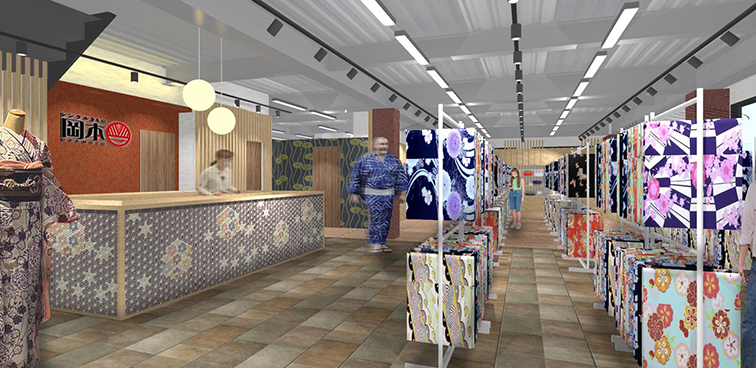
48-4 Saga Tenryuji Kitatsukurimichicho, Ukyo-ku, Kyoto 616-8374, Japan
Phone: +81-75-950-0805 / Fax: +81-75-950-0806 / E-mail: arashiyama@okamoto-kimono.com
Nearest Station: Arashiyama (Randen Line) / JR Saga-Arashiyama Station
Rental Kimono Okamoto - Fushimi Inari shop
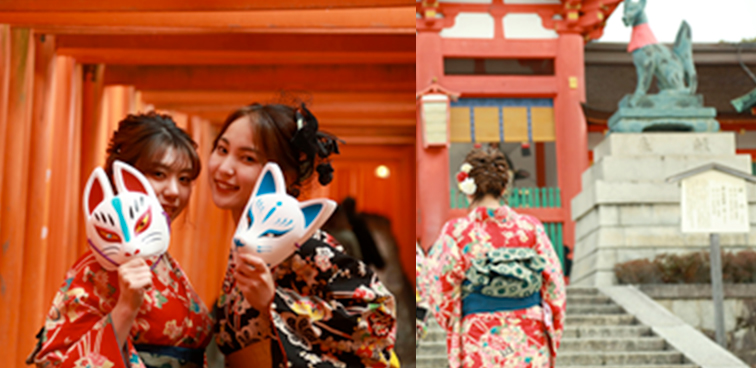
45-1, Fukakusa Inarinakanocho, Kyoto Shi Fushimi Ku, Kyoto Fu, 612-0807, Japan
Tel. +81-75-634-8900 / FAX +81-75-634-8901 / E-mail E-mail fushimiinari@okamoto-kimono.com
Nearest Station: JR Inari Station / Keihan Fushimi Inari Station
Rental Kimono Okamoto Gion Shop
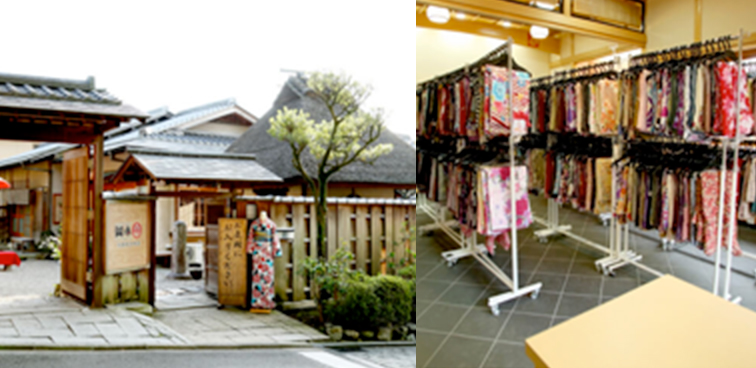
523 Washiocho, Higashiyama-ku, Kyoto 605-0072
Tel. +81-75-531-7890 / FAX +81-75-531-8383 / E-mail gion@okamoto-kimono.com
Nearest stop: City Bus Gion Stop
Rental Kimono Okamoto Kiyomizu Higashiyama Shop
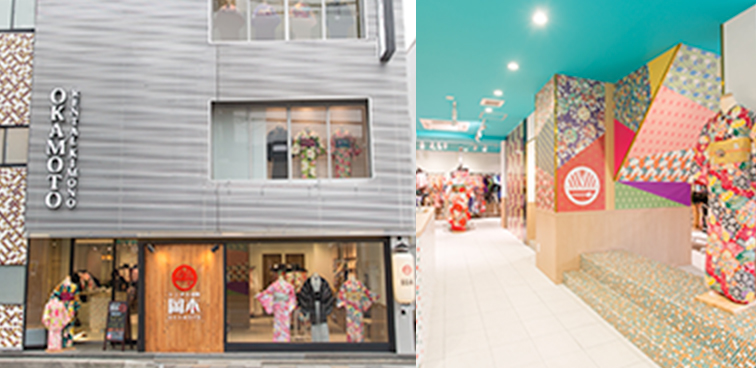
110-9 Tatsumicho, Higashiyama-ku, Kyoto 605-0855
Tel. +81-75-533-8900 / FAX +81-75-533-8910 / E-mail kiyomizuhigasiyama@okamoto-kimono.com
Nearest stop: City Bus Kiyomizumichi stop
Rental Kimono Okamoto Kiyomizu Shop
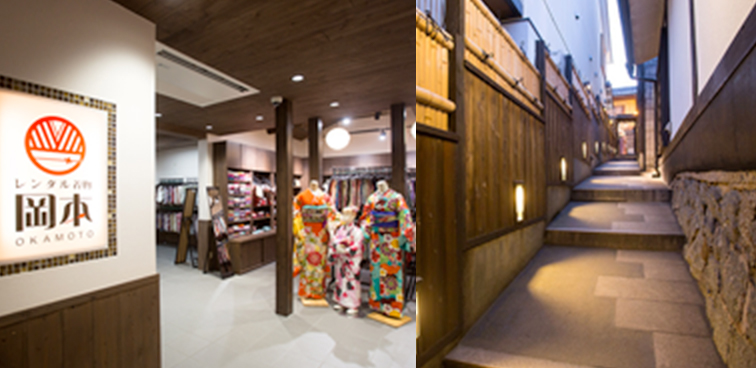
2-237-1-1 Kiyomizu, Higashiyama-ku, Kyoto 605-0862
Tel. +81-75-525-7115 / FAX +81-75-533-8960 / E-mail kiyomizuzaka@okamoto-kimono.com
Nearest stop: City Bus Kiyomizumichi stop
Rental Kimono Okamoto Main Shop
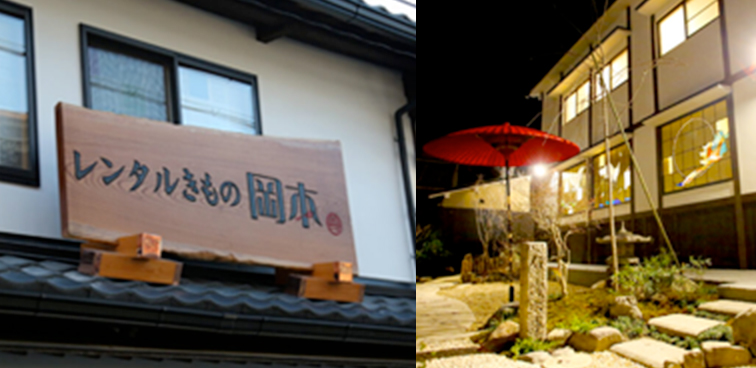
6-546-8 Gojohashihigashi, Kyoto Higashiyama-ku, Kyoto 605-0846
Tel. +81-75-532-1320 /Fax +81-75-532-1480 / E-mail honten@okamoto-kimono.com
Nearest stop: City Bus Gojozaka Stop
Rental Kimono Okamoto Yasaka Jinja Shop
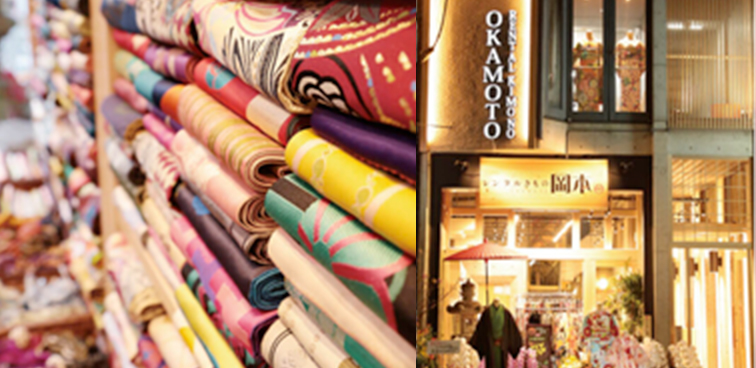
301-1 Gioncho, Higashiyama-ku, Kyoto 605-0073
Tel. +81-75-532-0510 / FAX +81-75-532-0511 / E-mail yasakajinja@okamoto-kimono.com
Nearest stop: City Bus Gion Stop
You can read a feature story about our store, Kyoto and kimono.
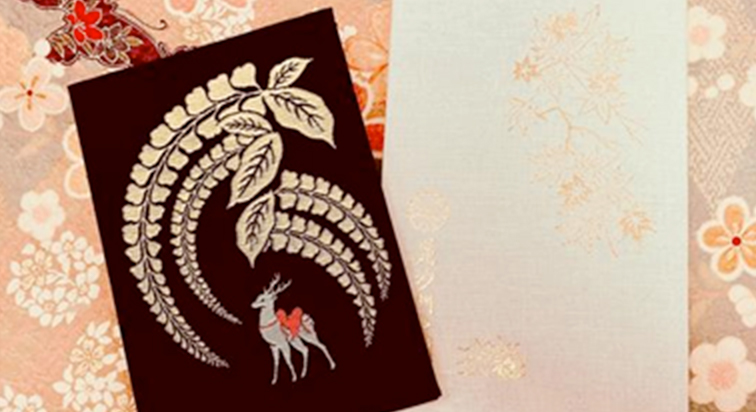
We are introducing various information on proper way of choosing kimono and others to match. Also you can access to our articles about regional, sightseeing information of Kyoto you can refert to before travelling to Kyoto.
You can read articles about various information on Kyoto.
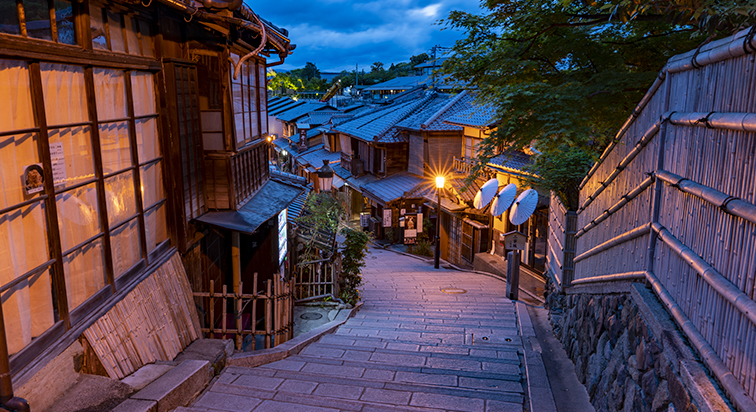
Our kyoto resident staffs post articles about history, sightseeing, regional information of Kyoto. You may enjoy sightseeing even more by deepening your knowledge through this article.
You can view articles about kimono all written by us.
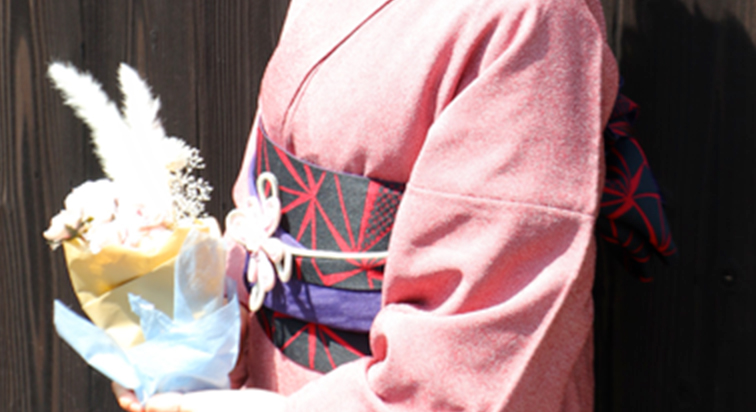
It features various articles about kimono such as history, manner, common sense and a proper way of matching kimono. They will add fun to your going out in kimono.
More articles introducing the area around the shop are available here.
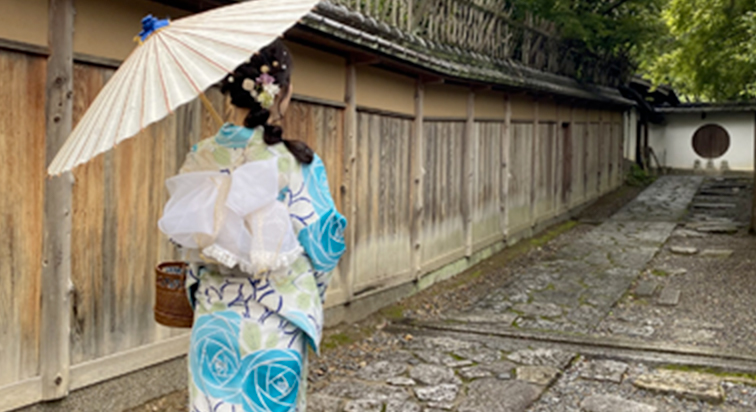
Please refer to our articles about famous tourist spots, hidden spots, and the latest information on stores in Kyoto. It is updated by our staffs who are familiar with the area.








